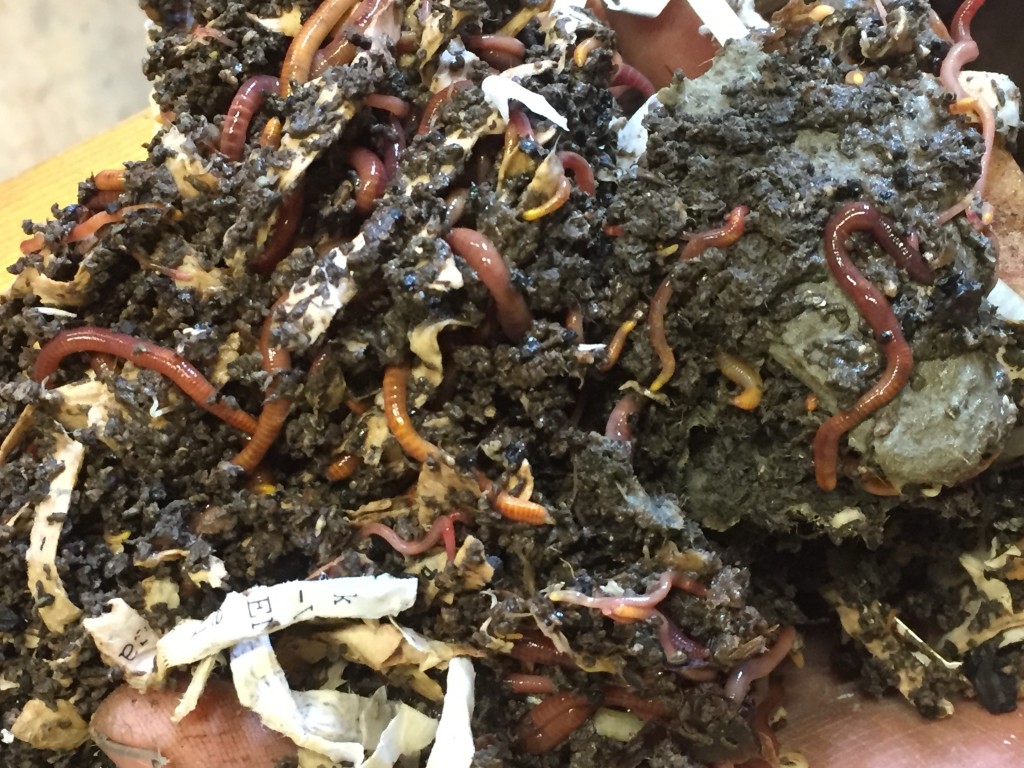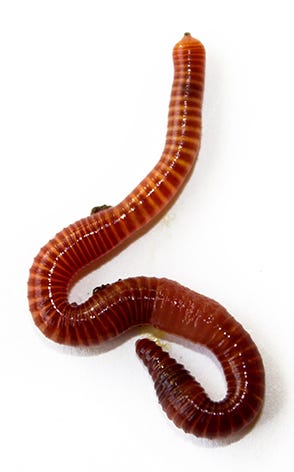An Unbiased View of Red Wiggler Express
Table of ContentsHow Red Wiggler Express can Save You Time, Stress, and Money.Facts About Red Wiggler Express RevealedThe Best Strategy To Use For Red Wiggler ExpressThe 7-Second Trick For Red Wiggler Express
With the global press for sustainability and with environment-friendly techniques growing in popularity, individuals are lastly coming around and recognizing the environmental benefits of red wiggler worms and composting. In this write-up, we'll talk about just how vermicomposting sustains sustainable gardening and the ecological advantages of red wigglers and various other earthworms.
This is the except it. If you intend to read extensive regarding red wiggles, we have an entire article committed to them below. Currently, let's enter the nitty-gritty of exactly how these worms sustain lasting gardening techniques and profit the setting: Worm composting resembles a medical spa day for your soil.
When included into your garden soil, these spreadings enhance its structure, aeration, and water retention. This assists with plant growth and health and does not need the usage of any type of chemicals. Did you recognize that organic waste makes up a considerable portion of landfill product?
By diverting your cooking area scraps and backyard waste right into a worm composting container, you're properly decreasing the amount of natural waste that finishes up in garbage dumps. Neglect regarding chemical plant foods worm spreadings are the real deal.
The smart Trick of Red Wiggler Express That Nobody is Discussing

Maintain the container in an amazing, dubious area to protect against overheating. Mix the nutrient-rich worm castings into your yard soil or use them as a leading dressing for potted plants. You'll observe healthier, happier plants in no time! It really is as simple as that. In a world where sustainability is ending up being increasingly vital, red wigglers beam as unsung heroes of gardening.
Composting may appear like old information, yet doing it with a bin full of worms probably does not. Red wiggler worms offer excellent benefits to the natural gardener, creating both a natural fertilizer and an effective pesticide.
Worm spreadings might be purchased at stores such as SBS in Winery Sanctuary or Vineyard Gardens in West Tisbury, yet to increase the worms in a compost bed and harvest your very own castings is much more fun. The work of these worms is a component of lasting living. Red wigglers are native to steed manure, where they tunnel to lay eggs.
The Buzz on Red Wiggler Express
(http://www.countrypwr.com/hickory/red-wiggler-express)They can not make a great deal of it." He covers the container with straw, after that an item of old rug. "They like the warmth," he says. Lynn clarifies the manufacturing of spreadings and 2 uses: as a plant food and as a chemical. "They absorb deteriorating matter. It passes via them and includes calcium to make this abundant earth," she claims.
"I did it to see if it would make a distinction on white flies and aphids. The red wiggler is a vast breeder, laying eggs as frequently as once a week - Red Wigglers For Sale.
It takes three to five months for a child worm to reach sex-related maturity and the grown-up length of 3 inches. Their life expectancy is four to five years unless naturally they are utilized for lure. As freshwater fish lure, wigglers squirm responsible and endure underwater longer than conventional earthworms.

As one of the Epigeic class of garden compost worms, the usually does not show up in soils. The worm is red or reddish-brown in shade and has a smooth, round form.
A red wiggler worm can expand up to four inches in length yet is normally only concerning 2 and a fifty percent inches. The worm has a small mouth situated at the front of its head. It likewise has little bristles, called setae, which aid the worm move and support itself to surface areas.
